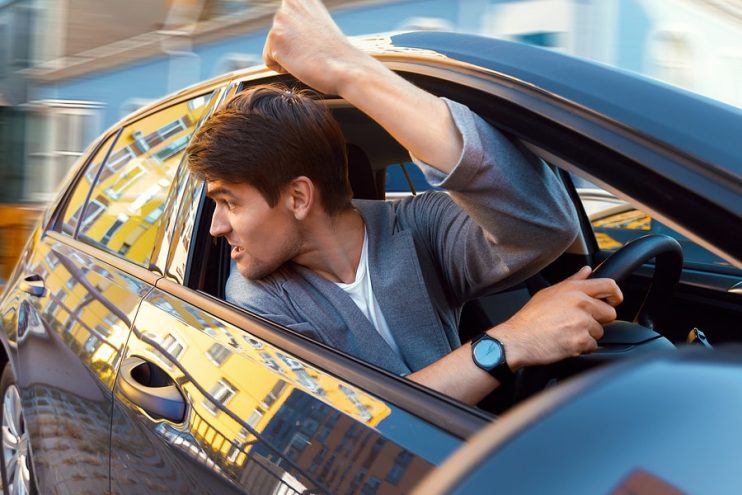
Road rage has become a common occurrence on UK roads. There has been a sharp rise in dangerous incidents in recent years. If a driver becomes enraged at you on the road – whether they have any justification or not, it can be an extremely dangerous experience that can shake even the most hardened of drivers.
We’ve already talked about how to deal with a driver that’s started tail-gating you. However, people can lose their tempers and take their road rage up a notch, making it important to know some simple techniques to help you de-escalate such an unwanted situation. Some of the following advice could ensure that you don’t have to deal with bad on the road behaviour.
1. Stay calm
Your number one course-of-action in the face of an incident is to keep your cool. Pull over if you need to, and find some space to take a deep breath or two. Music can be a great antidote to rising blood levels; flick on the radio and find some easy listening.
It’s important not to get angry yourself, or give in to fear, as keeping a calm head on your shoulders is the easiest way to maintain control of your vehicle, and avoid an accident. If there’s nowhere to stop, then fix your mind and eyes on the road, until you get to a safer space.
2. Avoid Retaliation
There’s one thing that’s sure to make the situation turn even worse; and that’s retaliation. Regardless of how much the other driver steps up the heat with hand signals, loud shouting and beeping of their horn – remain stoic and don’t give anything back.
Any escalation could make the situation more dangerous. Avoid eye contact, and try not to give any visible signs of annoyance; so cut the V signs, pulling faces and mouthing out swear words. Ignore the other driver, and this will rob them of the fuel they need to fan their flames of anger.
3. Never Ever Brake Check
Quick lesson; a brake check is when you give the brake pedal a fast, short tap of the foot. Your brake light ignites, potentially scaring any motorist behind you. Some people use this as a deliberate move to make a tailgating driver slow down.
However, remember that it’s simply not your role on the road to act as a judge of other road users. It’s a fast way to escalate a problem with another driver, which is not going to end well for anyone.
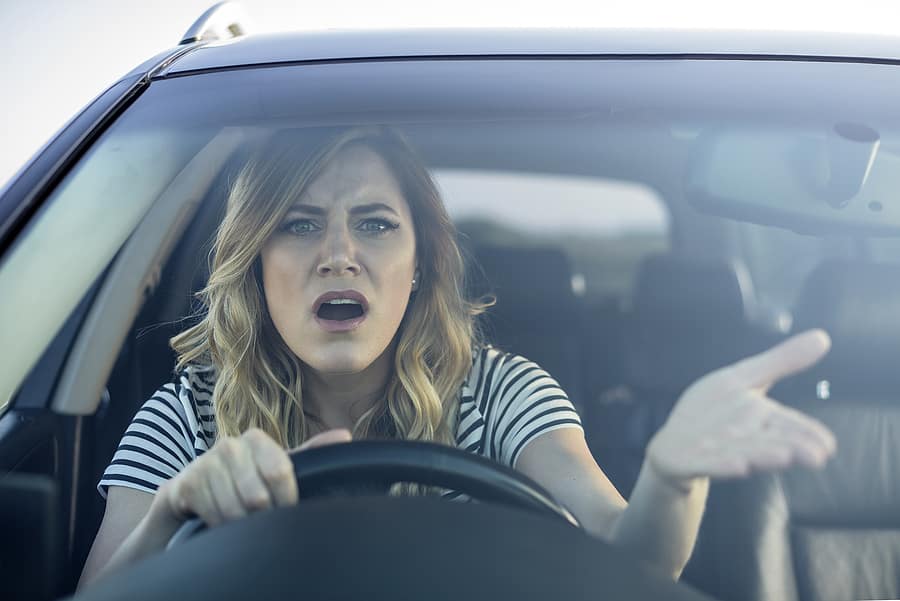
4. Get All the Details
Ask your passenger (if you have one) to note down all the information they can about any enraged driver, and their vehicle, who are acting towards you in a threatening manner. Encourage them to use the phone to either take photographs, or even better, record a video.
If you don’t have a passenger, then a dashcam can also help – alongside taking down your own information, so long as it doesn’t cause any unnecessary danger. You may find you need these details, if you have to explain the circumstances to the police, or file a report with your insurance company.
5. Keep the Doors Locked and Secure
Worried that the enraged driver might try and threaten you further, or get out of the car in heavy, static traffic and try to attack you? Lock your doors immediately, and wind up the windows, so that they are fully closed. This will put a barrier between you and them, which they won’t be able to breach.
Avoid getting out of your vehicle under any conditions, as they may see this as a challenge, and attack you.
6. Don’t Return to Your Home
If someone is enraged at you on the road, then one of the worst things to do is to lead them back to your home (or somewhere similarly important, such as your place of work). They could potentially come back later, and enact their revenge.
Drive around and take a number of different routes until they get fed up and desist – or simply get lost. You can also drive around places with lots of people or CCTV cameras, making them think twice about doing something stupid. In a worst-case scenario, drive to the local police station and let them know about the trouble.
7. Stop and Let Them Pass
If a driver is aggressively approaching you and tailgating you from behind, it’s sometimes simpler to pull over and let them pass. It might come with the loss of half a minute (or slightly more) to your journey time, but will prevent an accident or a confrontation.
If the other driver doesn’t want to let it go and also pulls in and stops – then you can put the pedal to the metal and take off. This may give them time to think about their actions, climb down from their aggressive driving stance and then head off themselves.
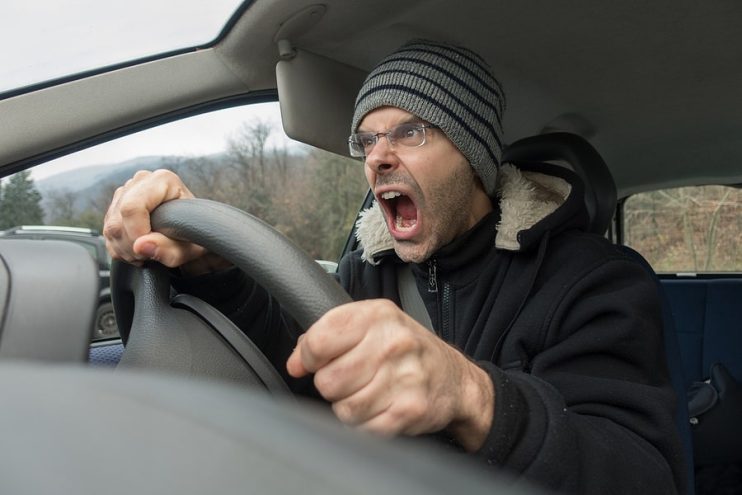
8. Get Onto or Off the Motorway
If you are on a dual carriageway or driving down a motorway, then get off at the next exit to lose the angry driver. Equally, if you’re on a minor road, then you can get on a main road, to try to get rid of them.
The enraged driver still has a route and a destination, moving off or on a larger road, may cause them to think twice about following you, and adding extra time to their journey.
9. Get Some Attention
If you think you are in immediate danger, then make some noise. Flash your lights and beep your horn; anything you can to alert other drivers to your situation. They could call the police on your behalf, or your behaviour could get picked up by the transport police, who can step in to de-escalate the situation.
10. Own Up to Your Mistakes
Everyone makes mistakes out on the road. You could have been driving perfectly for the last 100 miles and then had to change lanes at the last minute. Own up to your mistakes, and be quick to say sorry with a wave of your hand. Sometimes it’s easier to nip a problem in the bud than act superior.
Our Final Word
Be patient and understanding when you’re out on the road. Don’t be that other driver. If someone cuts you up, then there’s no reason to report it to the police. Once you’ve taken that deep breath and regained your composure, get back to the more important task of focusing on the road.
However, no one should have to tolerate being harassed or victimised by another, aggressive or dangerous driver. And assaulting and attacking someone is a criminal offence in the UK. If such an incident happens to you, then contact your local police force and make a statement.
Do of course remember that you will need more evidence than simple hearsay. Footage from a dashcam, witness statements or film of the incident from a CCTV camera will aid a successful prosecution.

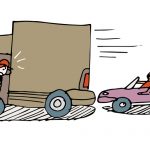




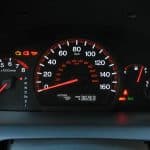

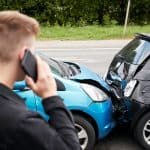




.png)